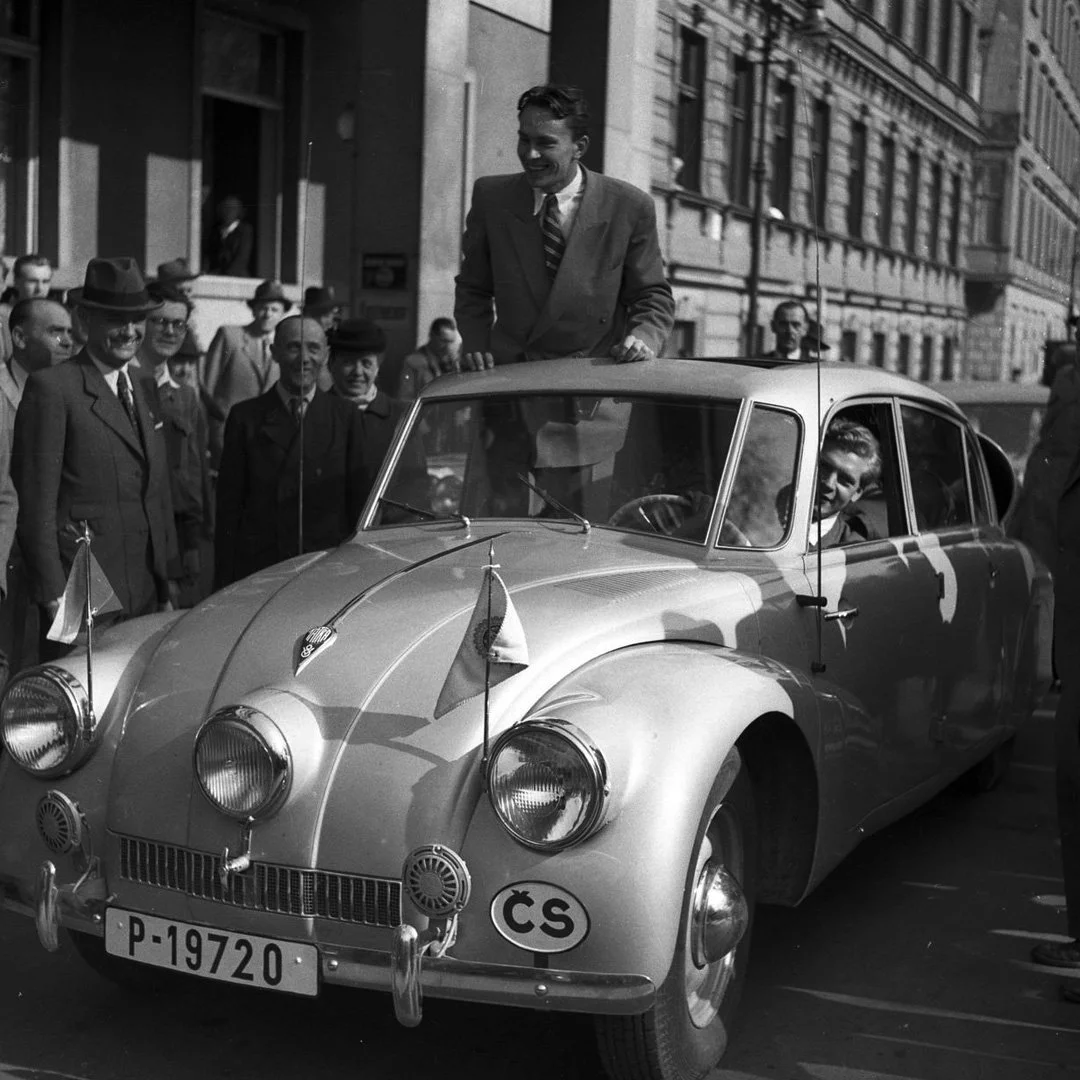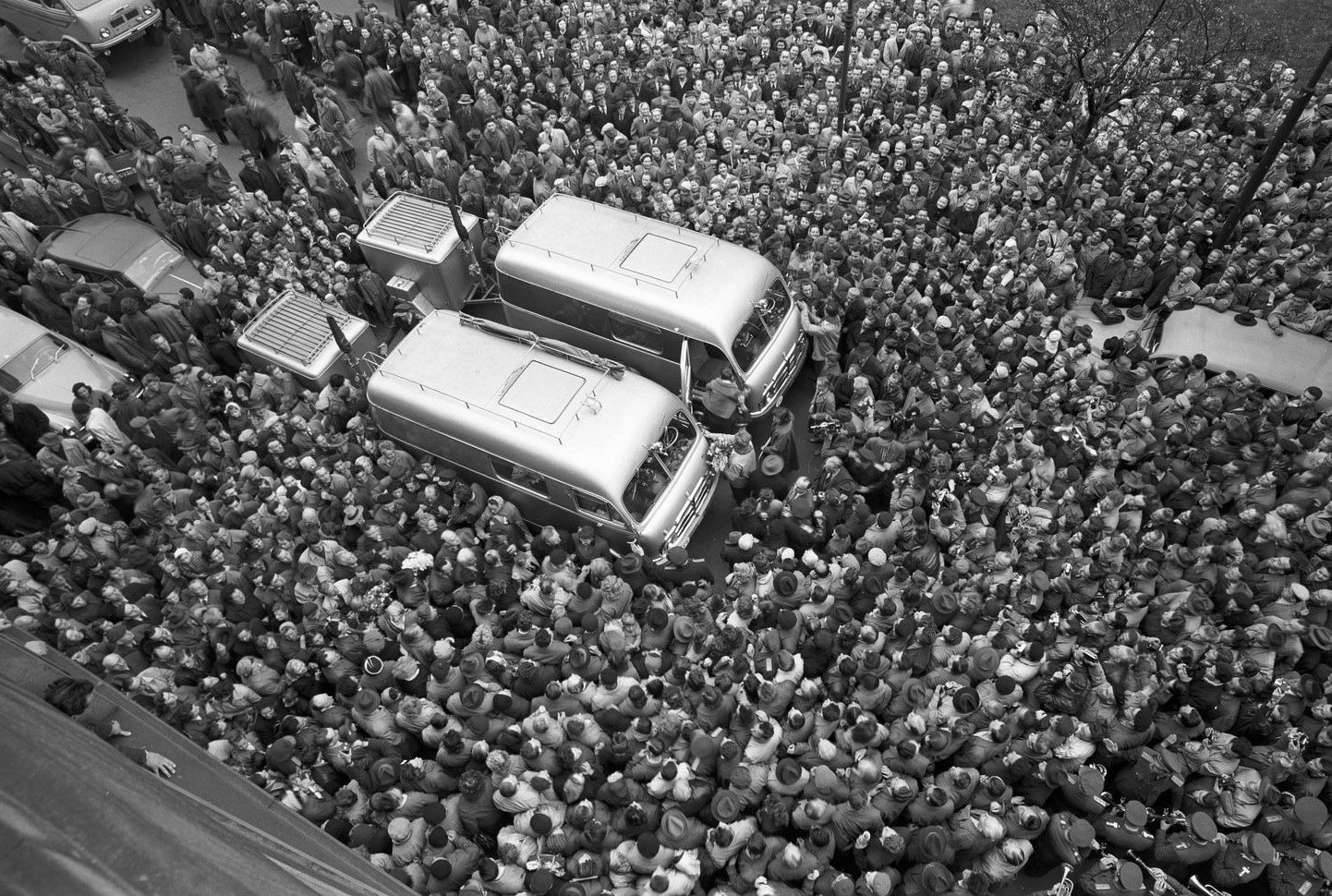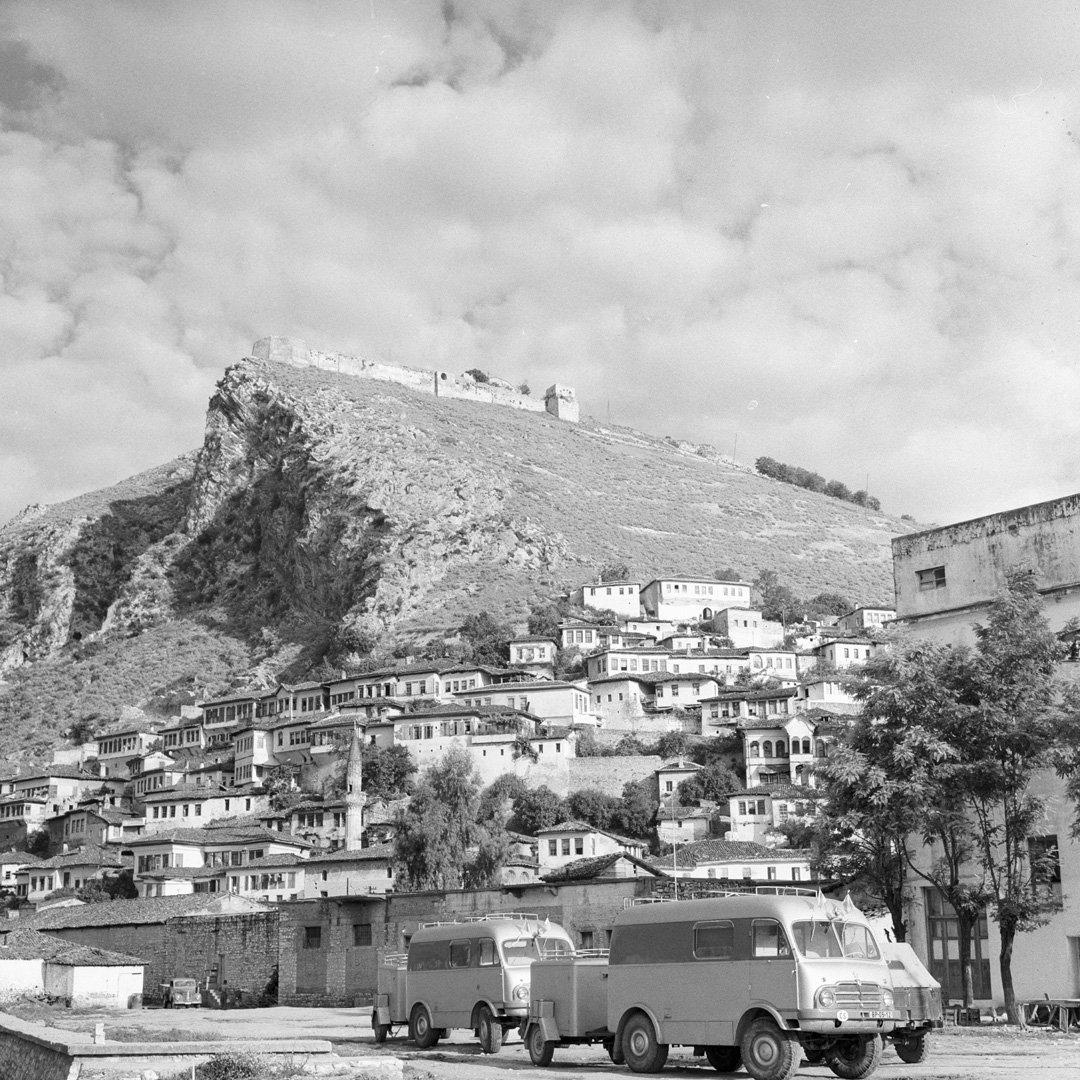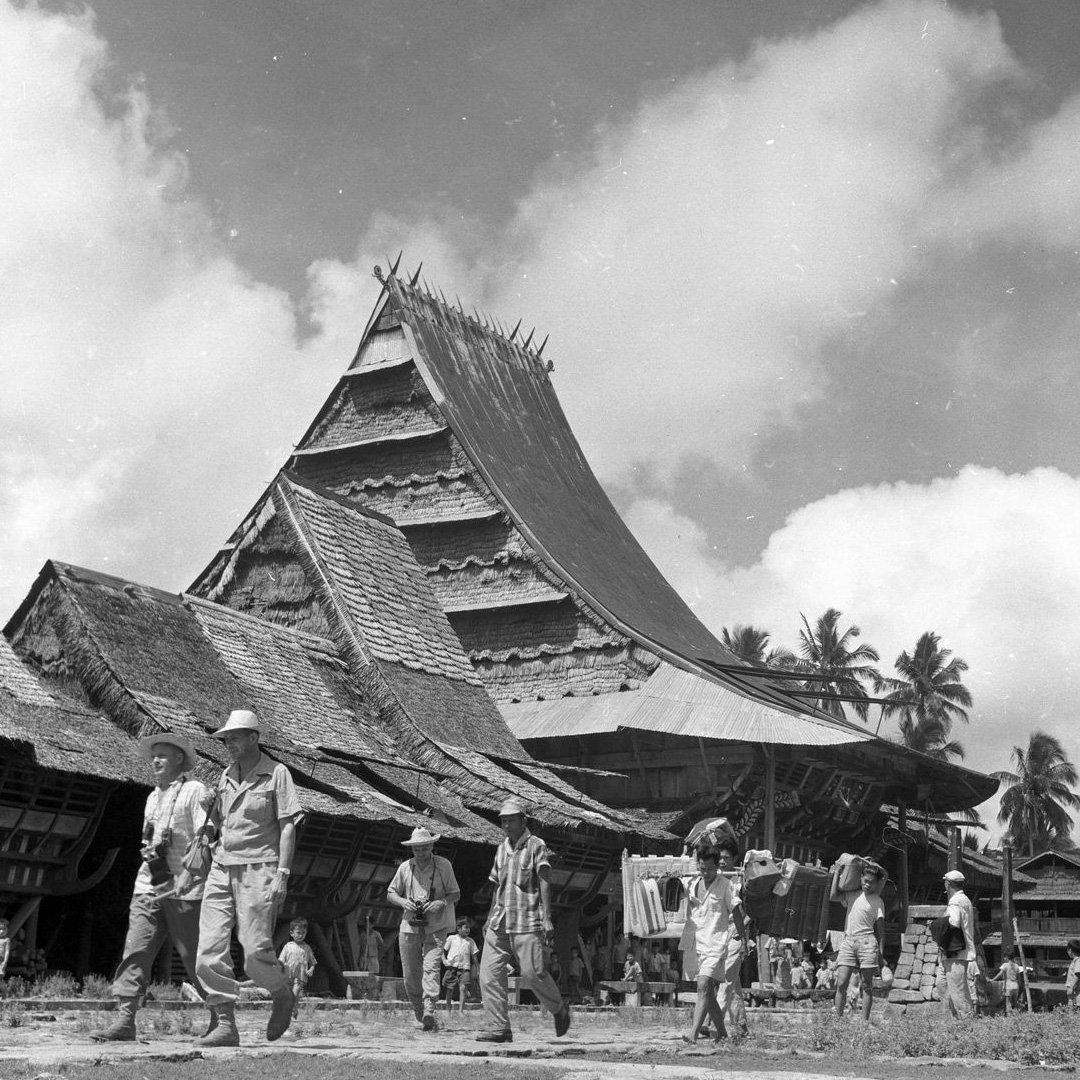Epic journey across five continents
See the exhibition about Czech explorers Jiří Hanzelka and Miroslav Zikmund.
On April 28, 1947, Thor Heyerdahl set sail with a replica of a primitive balsa wood raft named Kon-Tiki from Callao, Peru, to cross the Pacific Ocean to the Polynesian islands. An English reviewer called it "The greatest sea adventure of our time".
In the Czech Republic, a new great adventure had already begun that would cross 5 continents. This epic journey should be called: The greatest land adventure of its time.
The two young Jiří Hanzelka and Miroslav Zikmund began their epic journey in Prague on April 22, 1947, just six days before the Kon-Tiki journey. While Kon-Tiki ended up in Polynesia after only 101 days, Hanzelka and Zikmund spent 10 years on the road. Between April 15 and May 31, you can learn about their epic journeys at a special exhibit in the Kon-Tiki Museum.
The two men published 10 travelogues and made 3 feature documentaries from their travels and became celebrities in Czechoslovakia. After the 1968 uprising, which they had supported, both had trouble finding jobs until the late 1980s.
Unlike the "Great European Explorations" of the 16th to 18th centuries that pretended to discover the world, the epic journey across 5 continents focused on experiencing new cultures, meeting people and telling the story of those societies to audiences back home. Jiří Hanzelka and Miroslav Zikmund brought the world to the Czech and Slovak people through their travels. Just like Thor Heyerdahl got people interested in human migrations in prehistory.
Miroslav Zikumnd (standing) and Jiří Hanzelka in in their Tatra 87 in Prague at the start of their epic journey. (Photo: J. Hanzelka, M. Zikmund, Museum southeastern Moravia in Zlin).
Two visionaries
Jiří Hanzelka (born in Štramberk, 1920) met Miroslav Zikmund (born in Pilsen, 1919) at the Prague University of Economics and Business in 1938. They soon found that they shared the same passion for traveling and getting to know other people and places in the world. Despite the clouds gathering in Europe, the two young and optimistic students began planning an epic journey that would take them across the world's continents. Hanzelka and Zikmund wanted to drive their own car, so Antarctica and Australia/Oceania were not included in their itinerary.
World War II changed their plans, as it did for so many others, and the Prague University of Economics and Business remained closed between 1939 and 1945. The new situation made them more determined than ever to make their dreams a reality. Hanzelka and Zikmund presented a plan to travel the world, surveying the post-war markets while promoting Czechoslovakian business and industry for the famous Czech car manufacturer Tatra. The company became a sponsor of the expedition.
Jiří Hanzelka and Miroslav Zikumund (Photo: J. Hanzelka, M. Zikmund, Museum Southeastern Moravia i Zlin).
Tatra 87
Founded in 1850, Tatra, from Kopřivnice in the Moravian-Silesian region of the Czech Republic. The company, then called Ignatz Schustala & Cie, produced in 1897 the first car in Central Europe called the Präsident Automobile. Later, the company took its name from the Tatra Mountains near the then Czechoslovak-Polish border.
Tatra rose to international prominence in the period between World War I and World War II, with its line of affordable cars based on tubular backbone chassis and air-cooled engines. After new management took over the company in 1921, they began to focus on car production, specializing in luxury cars with the latest technology, from air-cooled flat-twins to fours and sixes, culminating (briefly) with the OHC 6-litre V12 in 1931 .
The Tatra company produced 3,056 cars of the 87 model between 1936 and 1950. The body of the Tatra model 87 has unique aerodynamic qualities, and it is the first car designed with aerodynamics in mind. Hans Ledwinka and Erich Übelacker designed the Tatra 87's streamlined shape, based on an idea by Paul Jaray, who designed the famous German Graf Zeppelin airships. A fin in the sloping rear end of the Tatra helps distribute the air pressure on both sides of the car. The Tatra 87 had a drag coefficient of 0.36 as tests in the VW tunnel in 1979 showed, as well as a reading of 0.244 for a 1:5 model tested in 1941. It was powered by a rear-mounted 2.9-litre air-cooled 90-degree overhead cam V8 engine that produced 85 horsepower and could drive the car at nearly 100 mph. The Tatra 87 is ranked among the fastest production cars of its time.
The ultimate futuristic car of its time, the Tatra 87 suited the two visionary explorers who wanted to see the world very well.
If you want to read more about the Tatra model 87, see Wikipedia, which has been used in this section.
Tatra 87 used by Hanzelka and Zikmund, on display at the National Technical Museum in Prague (Photo: Wikimedia Commons, Hakjosef).
The author in front of a restored Tatra 87 in Zlin, 2022. You can clearly see the aerodynamic car, with the special "fin" on the back.
The first journey: Through Africa and South America
Their first journey through Africa and South America lasted three years. Unable to obtain visas for entry into the United States, they decided to postpone the remainder of their trip and returned to Prague. Then they had driven through Europe to Marseille, and after a boat took them and the Tatra 87 to Casablanca, they crossed North Africa through Morocco, Algeria, Tunisia, Libya and Egypt. While in Egypt, the two adventurers spent a night on top of the Cheops pyramid. It must have been a different time. They continued down the east coast of Africa, through Sudan, and Eritrea, Somalia and Kenya, to Tanzania. Here they became the first Czechs to climb the 5,895 m high Mount Kilimanjaro. They then drove to the Democratic Republic of the Congo, where in February 1948 news arrived that the Communist Party had taken political control of their homeland. The African tour ended in Cape Town, South Africa, where they boarded a ship that took them to Buenos Aires.
In Brazil, of course, they went to the famous Copa Cabana beach, where Miroslav Zikmund almost drowned due to the unknown undercurrents. When they arrived in Ecuador, they liked the country so much and got to know Czech emigrants that they almost decided to settle there, but decided to continue their journey north. At the border between Mexico and the United States, they cut short their great journey because the explorers, who had traveled across two continents and more than two dozen countries, were denied visas to enter the bulwark of Western democracy. They went back to Czechoslovakia and settled in Zlin.
The epic journey through Africa and South America was a great adventure. But Jiří Hanzelka and Miroslav Zikmund also wanted to present their own country, their culture and try to do business. In particular, the car of the future, the aerodynamic and rather luxurious Tatra 87, attracted interest. This resulted in requests to purchase over 6,000 cars from the Tatra car manufacturer. Unfortunately, the new management of the company in place, after the communist came to power, did not follow up on this interest and none of the contracts were carried out.
Jiří Hanzelka and Miroslav Zikmund instead started writing up their adventures and published three volumes of their great African journey called Africa: Dreams and Reality, two books from their South American adventures. They also made three documentaries that became popular in Czechoslovak cinema.
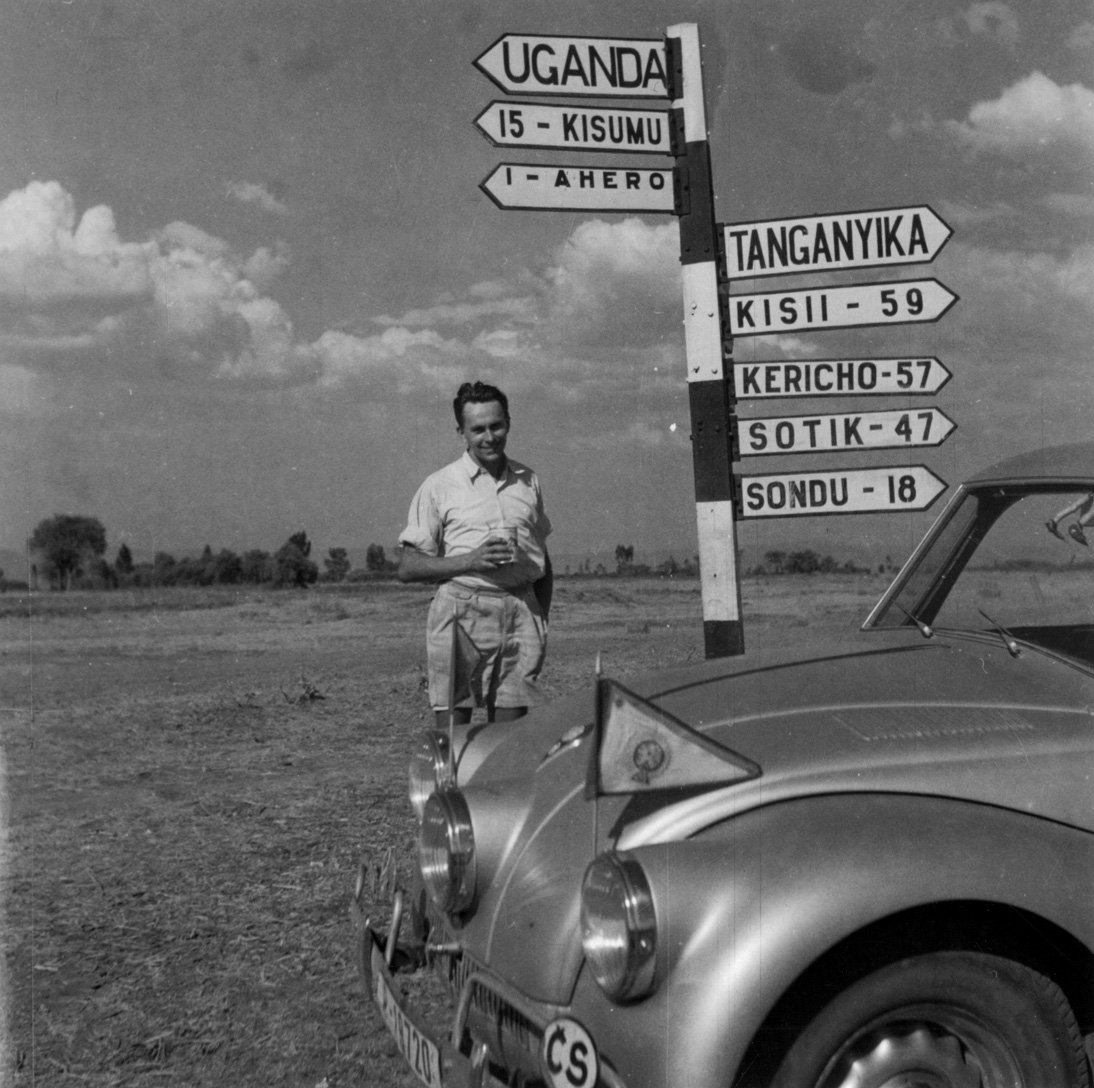
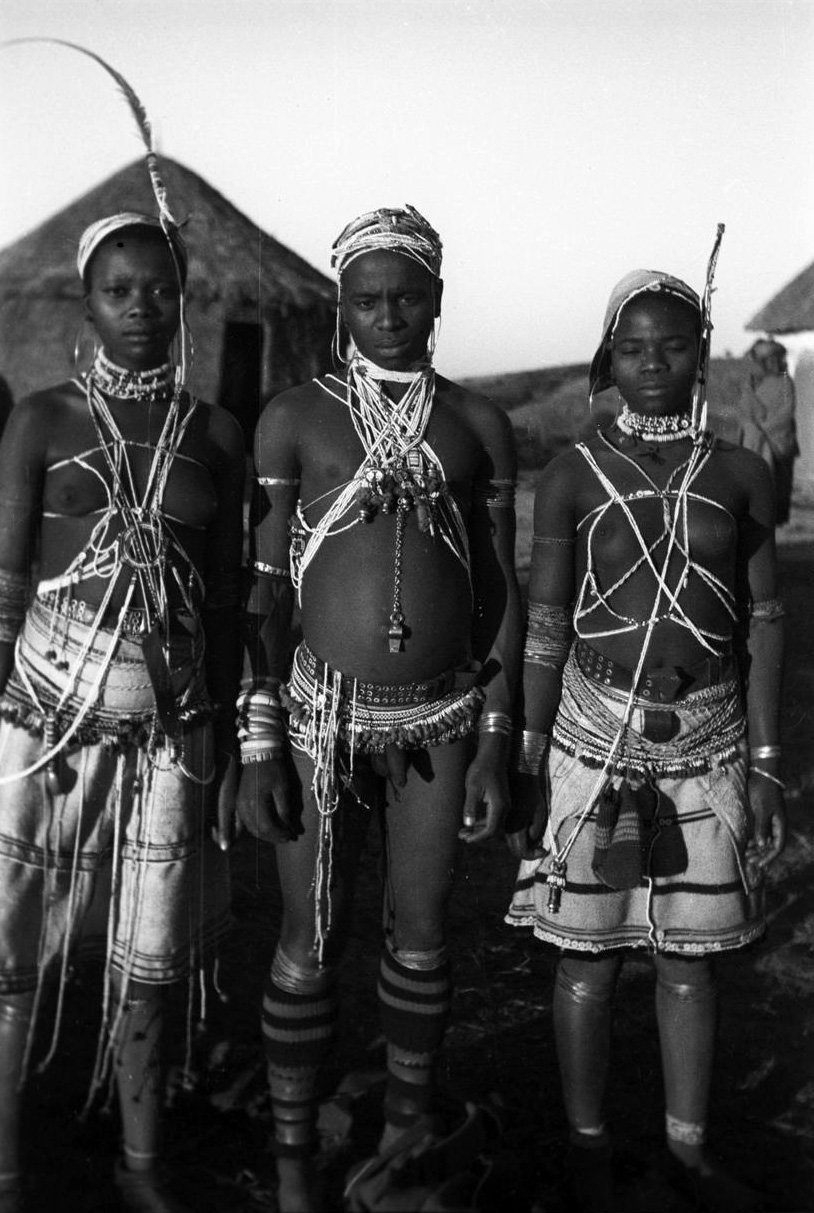
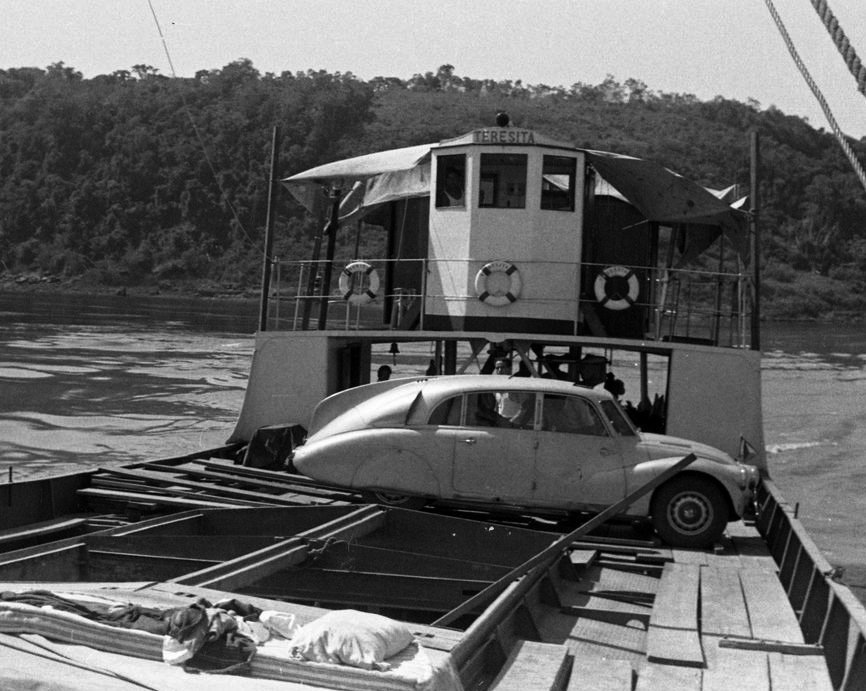

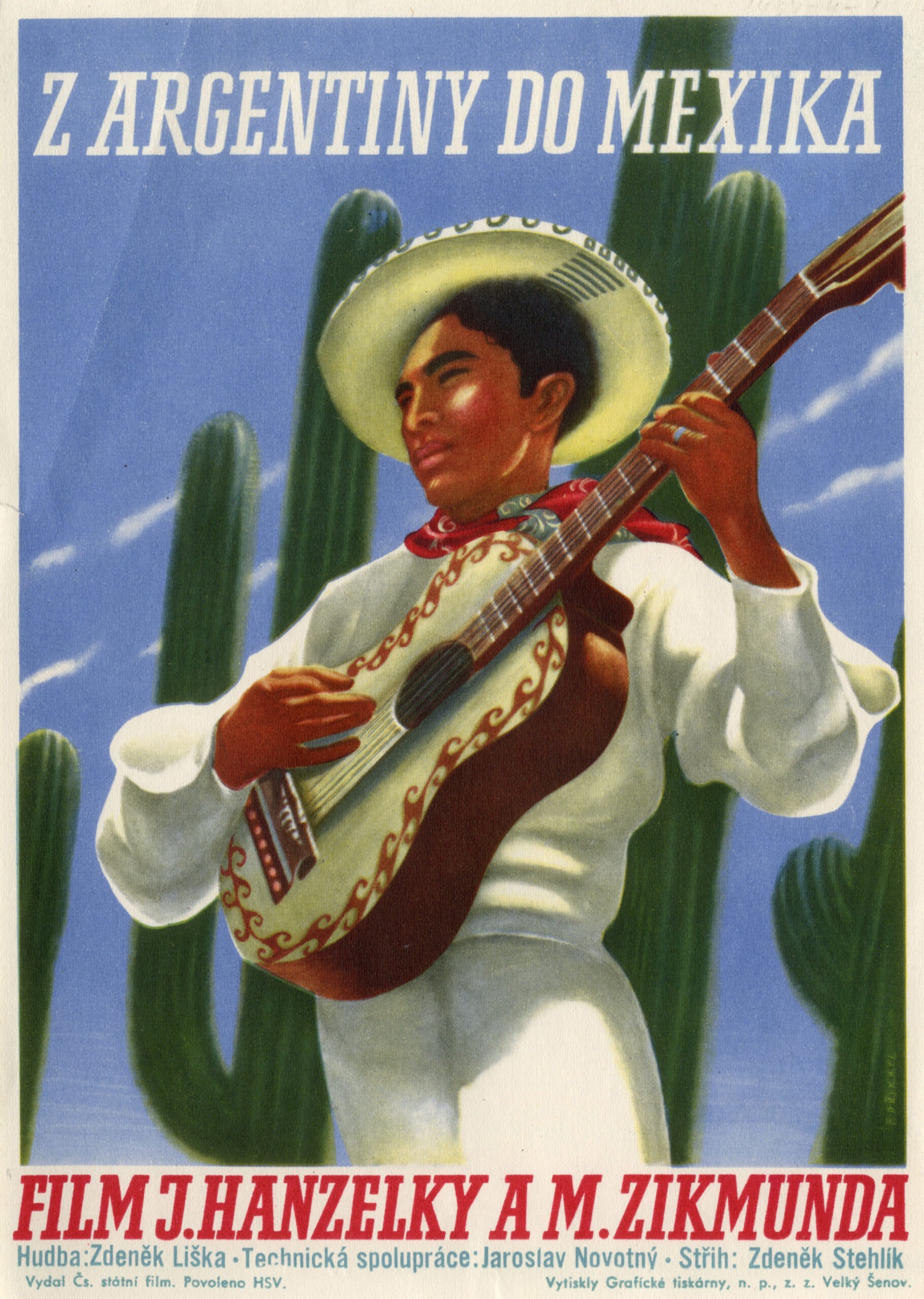
The second journey
However, the dream of crossing all the world's major continents never died. They decided to try to complete the Project-5 that they had envisioned in 1938, and started their longest journey. The cooperation with the Tatra Company continued, but this time they traveled with two Tatra 805 trucks modified into campers. They traveled with their wives.
They began their trip in Türkiye, and continued through Syria, Pakistan, India, Sri Lanka, Myanmar, Cambodia, and ended up in Indonesia. They visited Papua, before again boarding a boat bound for Japan. The trip also took them through large parts of the Soviet Union and through Iraq and back home. Again, they were unable to complete the journey by traveling through China, which was having a fallout with the Soviet Union at the time.
They left Czechoslovakia in 1959 and returned just six years later. Together, the two friends had spent ten years of their lives on the road. They had made their dream, bringing Czechoslovakia to the world and the world back to the Czechs and Slovaks. Although they were not able to visit the United States and China during their original travels, we must say that they completed the greatest land adventure of their time.
The aftermath
Jiří Hanzelka and Miroslav Zikmund settled in the small industrial town of Zlin, in the south-east of the Czech Republic. Here they lived in houses next to each other. Despite their fame, when they supported reforms in Czechoslovakia in 1968, they had to abandon any public life. Jiří Hanzelka worked as a gardener while Miroslav Zikmund dedicated himself to writing, both books and film scripts.
In 1989, Miroslav Zikmund could finally begin his travels again. He visited Japan in 1991, Australia in 1992, New Zealand in 1994, and in 2000 he traveled to Sri Lanka, the Maldives and the United States. He had finally fulfilled all his dreams. Jiří Hanzelka could not accompany his friend on these last trips.
The house Miroslav Zikmund bought in Zlin is today owned by the Zikmund Villa Endowment Fund and is becoming a cultural landmark dedicated to connecting people under the motto: Zikmund Villa – Gateway to the World.
Zikmundova Vila, Zlin.
Jiří Hanzelka and Miroslav Zikmund (Photo: J. Hanzelka, M. Zikmund, Museum Southeastern Moravia in Zlin).


